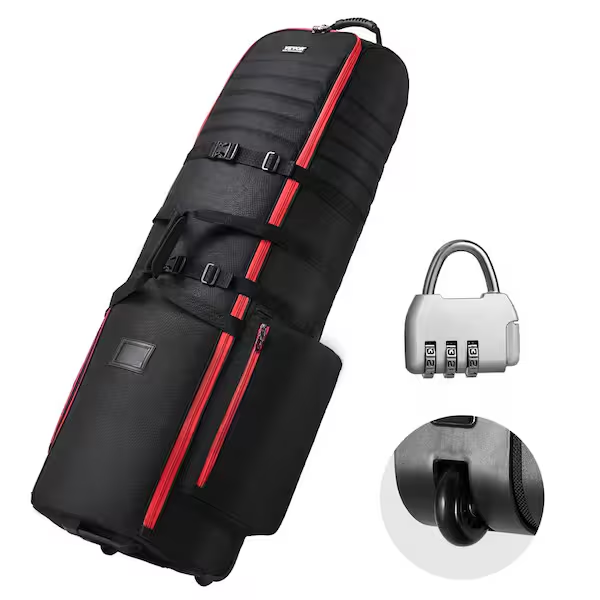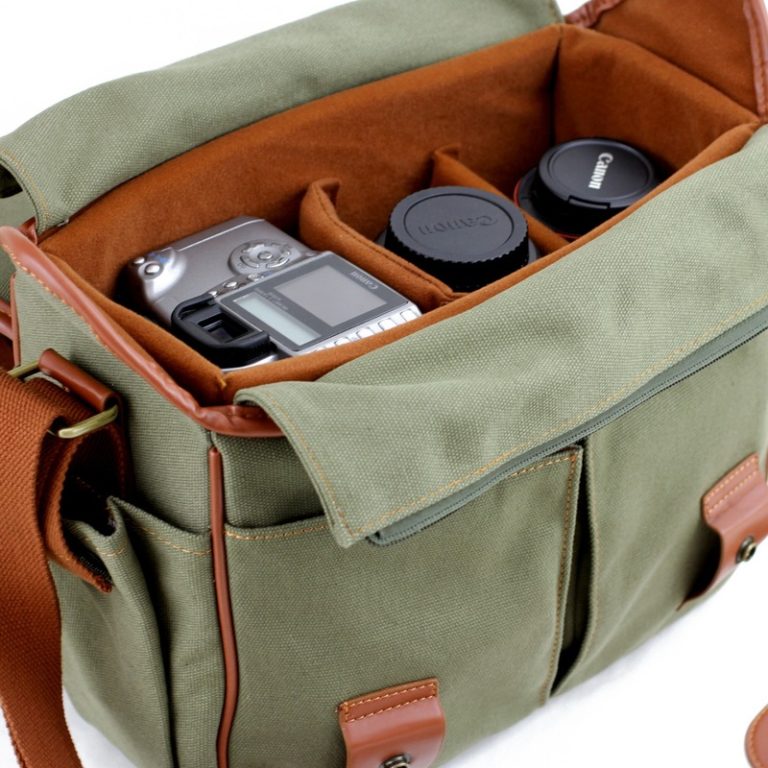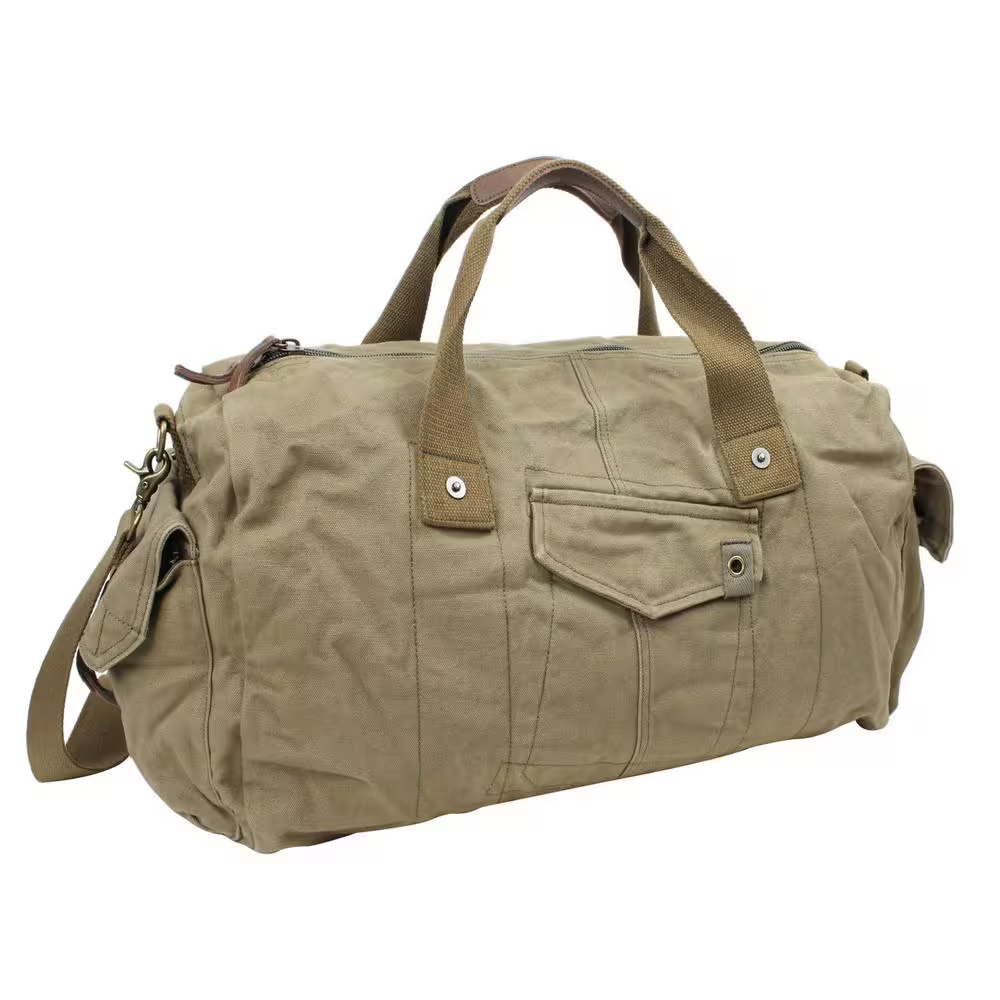Golf is a beloved sport for many. Whether you are a casual player or a serious competitor, traveling with your golf clubs can be a daunting task. Ensuring that your equipment arrives at your destination safely and intact is crucial to enjoying your time on the course. Good golf travel bags can provide protection and convenience but requires informed choices for optimal use. This article explores essential tips for safely transporting your golf equipment, highlighting the importance of choosing the right bag and packing strategies.
Choosing the Right Golf Travel Bag
Types of Golf Travel Bags
Selecting the appropriate golf travel bag is the first step in protecting your equipment. Various options are available, each designed to meet different needs. The most common types of golf travel bags include hard shell cases, soft shell cases, and hybrids.
- Hard Shell Cases: These bags offer the highest level of protection due to their rigid construction. They are ideal for air travel as they safeguard clubs from impacts and mishandling during transit. Hard cases typically feature padding and secure closures to keep your equipment safe.
- Soft Shell Cases: Made from durable fabrics like nylon or polyester, soft cases are lighter and easier to transport than hard cases. They offer some level of protection but do not provide the same rigidity. Soft bags often come with additional storage for accessories, making them versatile for driving or short trips.
- Hybrid Cases: These options combine features of both hard and soft cases. They protect vulnerable areas while remaining lightweight and easy to carry. Hybrid cases often come with wheels for added convenience.
Identifying your travel style and equipment needs will determine which type of bag is most suitable for you.
Key Features to Consider
When choosing golf travel bags, there are several features to consider. Look for a bag with ample padding, particularly around the club heads and spine. Padded areas help absorb shocks during transit. Additionally, consider bags with reinforced straps and handles for easier carrying.
Another essential feature is the size and weight of the bag. Ensure it can accommodate your clubs, including drivers and putters. If you plan on flying, verify that the bag complies with airline regulations regarding sports equipment. It may also be worthwhile to check for added features like pockets for shoes, balls, and other accessories to keep everything organized.
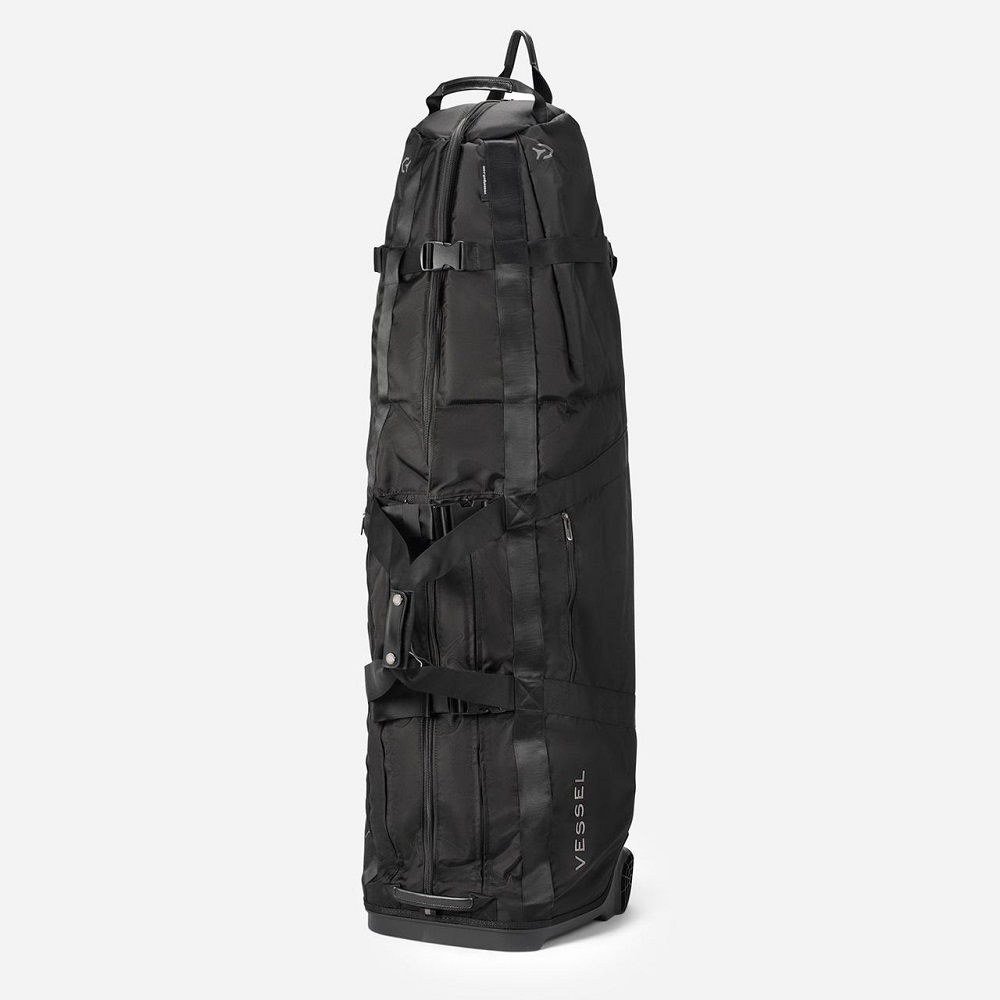
Packing Your Equipment Securely
Organizing Your Clubs
Once you have chosen the right bag, it is vital to pack your clubs correctly. Start by removing any loose items from the bag, such as scorecards, tees, and extra golf balls. These items can get jostled around and lead to scratches or damage to your equipment.
Use headcovers for your woods and putter to prevent dings and scratches during transport. Properly covering your club heads will protect them from impacts and ensure they retain their condition. Next, organize clubs by type, placing those used together or frequently played, like the driver and putters, in an easily accessible spot.
Additional Packing Techniques
For enhanced protection, consider wrapping clubs with soft cloths or bubble wrap, especially if you have valuable equipment. Grouping clubs in bundles can help prevent shifting during transit. If using a soft shell case, utilize added padding or packing materials like towels to fill empty spaces. A well-packed bag reduces movement and minimizes the risk of damage.
Ensure that the zippers and fastenings on your bag are secure before travel. Double-check the straps and tie-downs to prevent any accidental openings. A securely packed bag provides peace of mind and protection for your clubs.
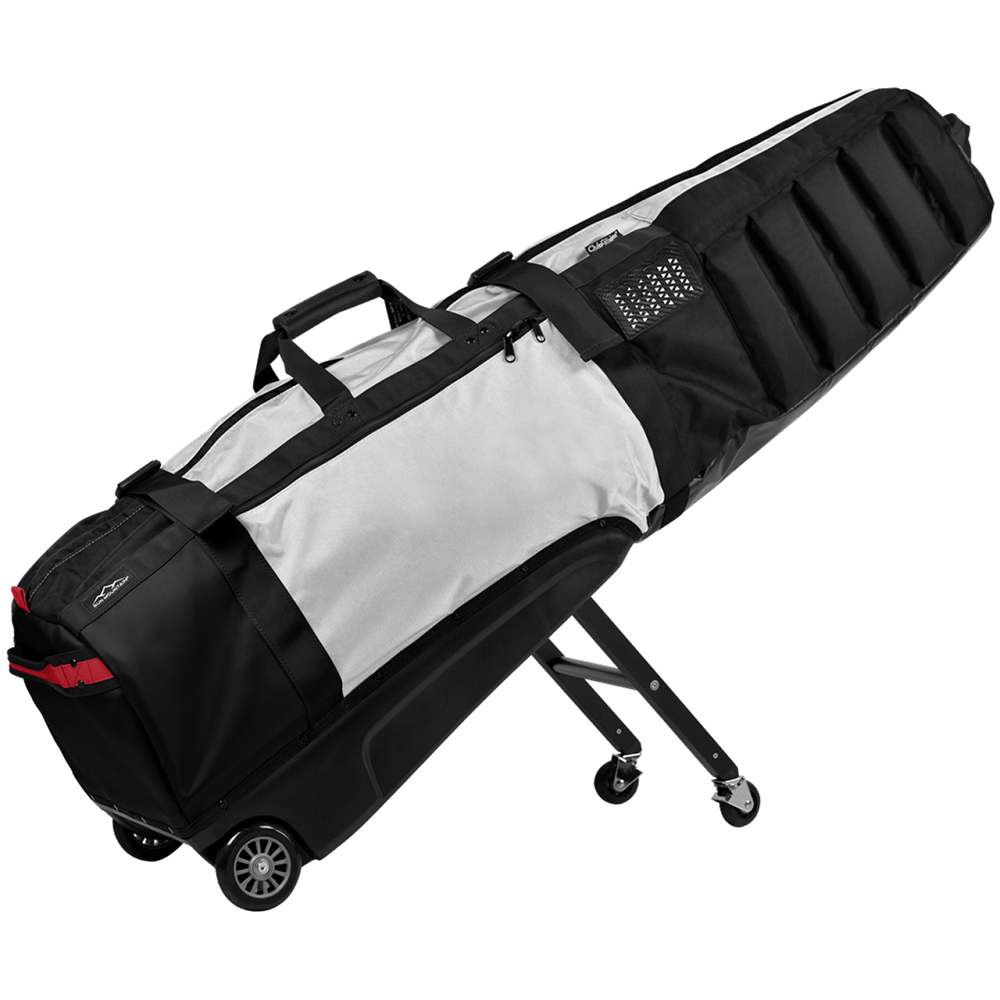
Using Protection Gear
Club Head Covers and Padding
Utilizing appropriate protective gear is crucial when transporting your golf clubs. Club head covers are a must for preventing damage to the club heads. They shield your clubs from dings, scrapes, and harmful impacts that can occur during transit.
Consider adding extra padding to your bag if it does not include adequate cushioning. Bubble wrap, foam padding, or even towels can be effective solutions for preventing movement and providing additional protection. By ensuring that your clubs are cushioned effectively, you can maintain their quality and performance.
Choosing the Right Accessories
Investing in high-quality accessories can enhance the protection of your equipment. Look for padded travel covers specifically designed for golf clubs. These covers often provide additional layers of protection beyond what standard bags offer. Some products even feature reinforced stitching and adjustable straps for added security and comfort during travel.
Additionally, utilize travel locks if your bag does not come with built-in security features. Keeping your equipment secure can help deter theft and ensure that your clubs remain safe throughout your journey. An organized approach to choosing protective gear can provide further assurance that your golf equipment arrives safely.
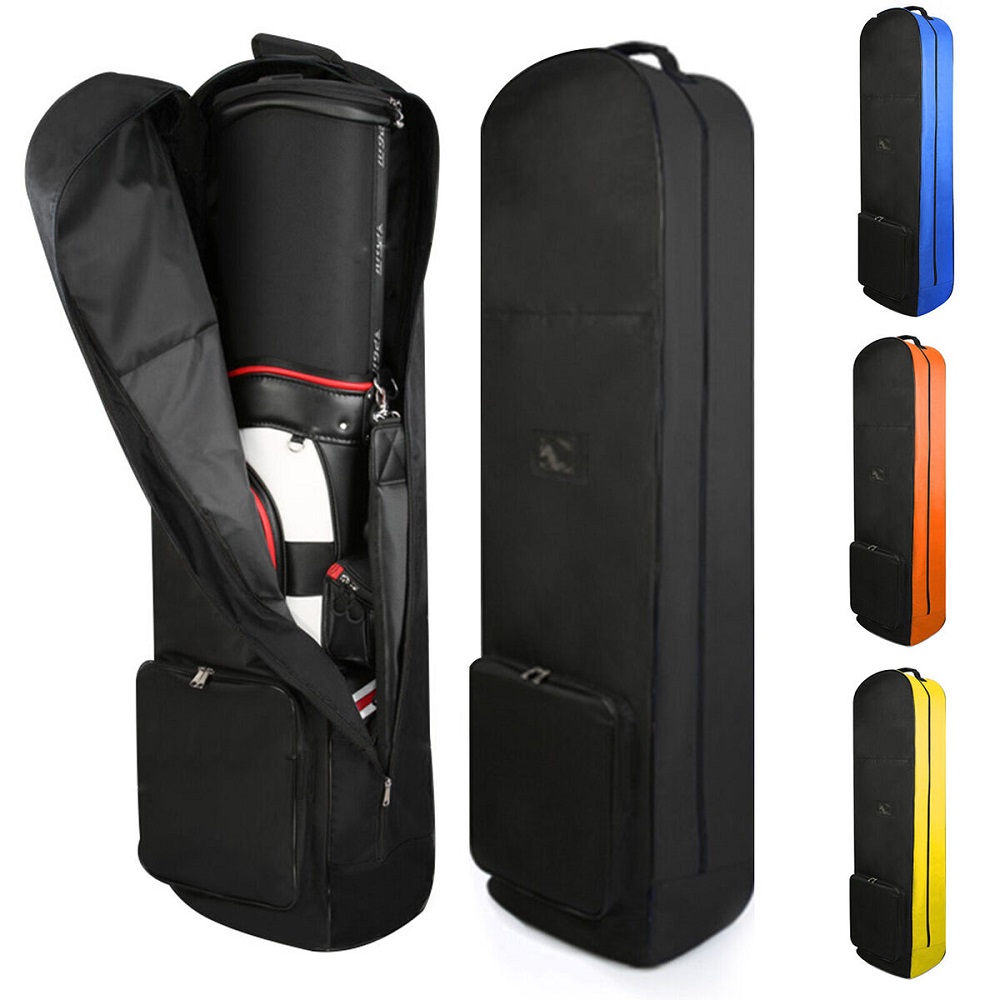
Planning Your Travel Logistics
Considering Travel Methods
When traveling with your golf clubs, it is vital to consider your travel method. Airlines have specific policies regarding sporting equipment, and these can differ from one carrier to another. Research airline regulations well in advance to ensure compliance with size and weight restrictions.
If you are driving, take note of how much space your travel bag will occupy. Ensure that your clubs are secured in your vehicle and won’t shift during transit. Secure your bag with straps or place it safely within the trunk to minimize movement.
Making Reservations
For air travel, making arrangements with your airline ahead of time may be beneficial. Some airlines require advance notice when traveling with golf clubs. Confirming your travel plans early can help avoid complications on the day of your trip.
Consider making a checklist of important steps to take before traveling, such as packing your equipment, confirming reservations, and securing your bag. Being organized and prepared allows for a smoother experience, minimizing stress during your travels.
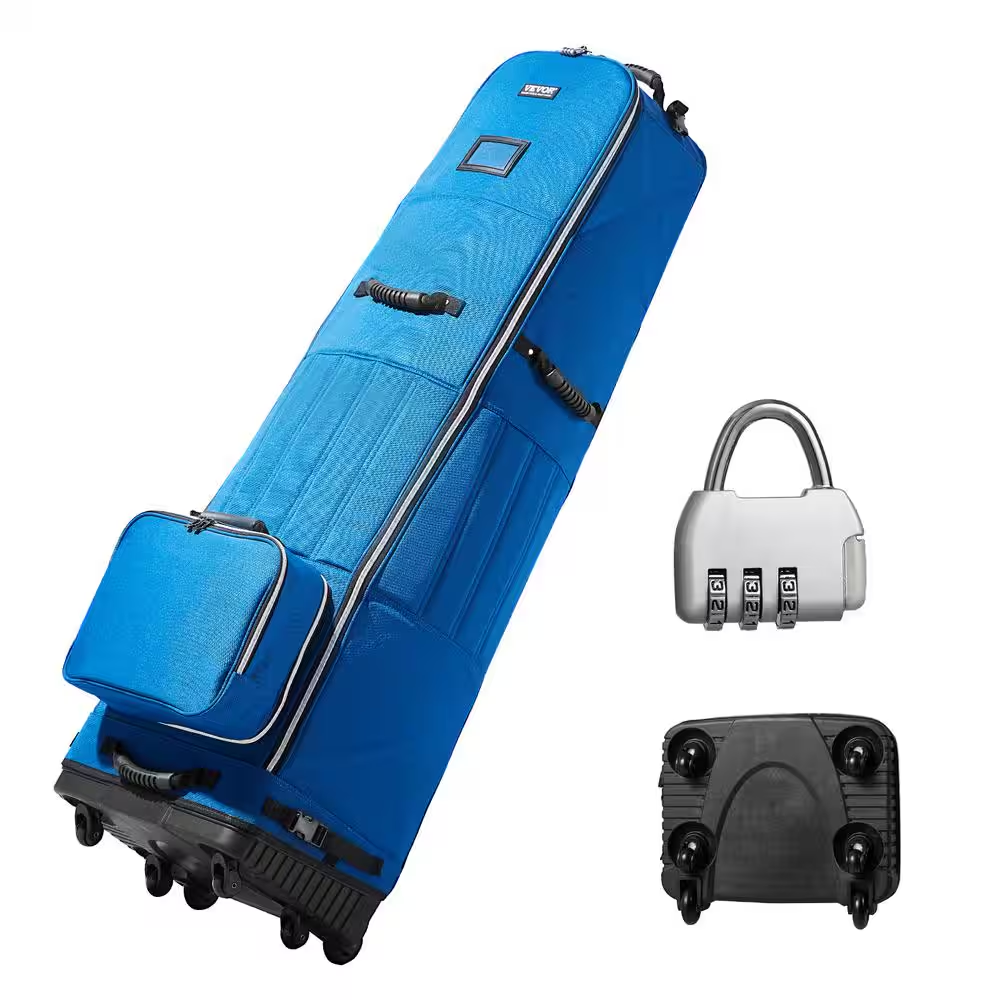
Protecting Your Equipment During Flights
Understanding Airline Policies
Airlines often have varying restrictions regarding the transport of golf bags and equipment. Familiarize yourself with your chosen airline’s specific policies regarding sporting equipment. Some airlines may charge additional fees or have restrictions concerning weight and size. Knowing these details in advance can save you time and money.
When checking in for your flight, inform airline staff that you are traveling with a golf bag. They can guide you on how to properly label and handle the bag to minimize the risk of mishandling.
Handling Delays and Layovers
If your flight includes layovers or connections, account for the potential risks that could occur during transfers. Luggage mishandling can happen, especially during hectic airport transitions. If possible, consider using a hard case for enhanced protection during layovers, as this provides the best security against impact.
When the destination is reached, checking your bag promptly is essential. If your equipment shows any signs of damage or misplacement, report the issue to the airline staff immediately. Document damages or issues with your bag and clubs as a precautionary measure for claims or compensation.
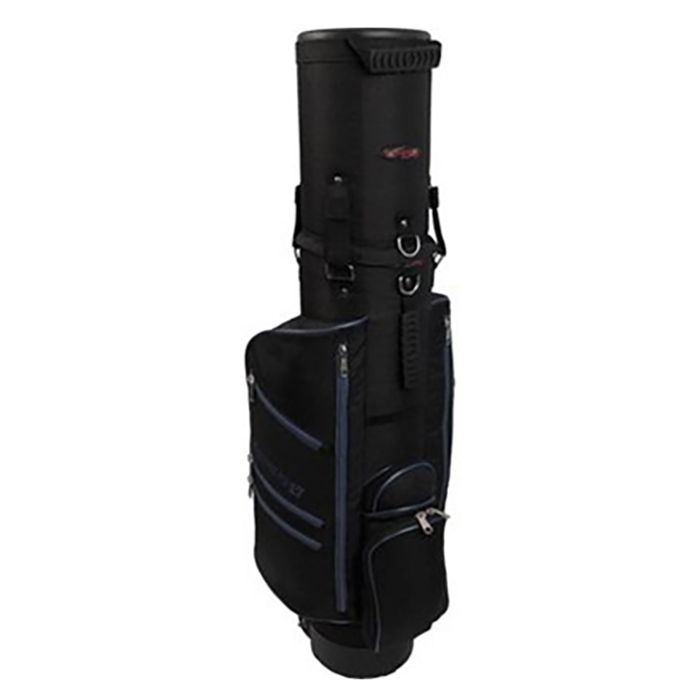
Caring for Your Golf Equipment After Travel
Inspection Upon Arrival
Once you reach your destination, inspect your golf clubs and travel bag for any signs of damage. Check each club for dents, scratches, or other issues, ensuring that they are in perfect condition for play. Inspect your bag as well to ensure that zippers, straps, and other features are intact.
If issues are present, document them with photos and take them to your insurance company if necessary. Keeping track of damages is crucial for seeking reimbursement or repairs. Understanding how to handle concerns after travel can help maintain your equipment effectively.
Regular Maintenance
Regardless of travel, golf equipment requires regular maintenance. Cleaning your clubs after every use helps remove dirt and moisture, which can lead to corrosion. A quick wipe-down can prolong the life of your clubs and ensure they perform optimally.
Consider investing in a quality club cleaner and headcover set to keep your equipment in top condition. Regular inspections of your travel bag for wear and tear can also help ensure its reliability during future trips. Proper maintenance and care prolong the life of your golf clubs and equipment significantly.
Final Considerations: Enjoying Your Golfing Adventures
Embracing the Golfing Journey
Traveling with golf clubs should be an enjoyable experience. With proper planning and investment in high-quality travel bags and protective gear, you can ensure that your equipment remains safe and sound. This allows you to focus on what matters most—enjoying your time on the golf course.
Whether embarking on a weekend getaway or a long-distance trip, every golfer deserves to travel confidently with their clubs. Understanding how to pack effectively and care for your equipment will enhance your experience on and off the course.
Creating Lifelong Memories
In conclusion, golf travel bags play a vital role in protecting your equipment. Selecting the right bag, packing appropriately, and using protective gear can significantly enhance your golfing journeys.
As you plan your trips, remember to consider travel methods and airline policies, as these factors can impact the safety of your clubs. With careful consideration and attention to detail, you can enjoy stress-free travel and create lasting memories on the greens. So, prepare your travel bag and embrace the adventures that await you in the world of golf.
